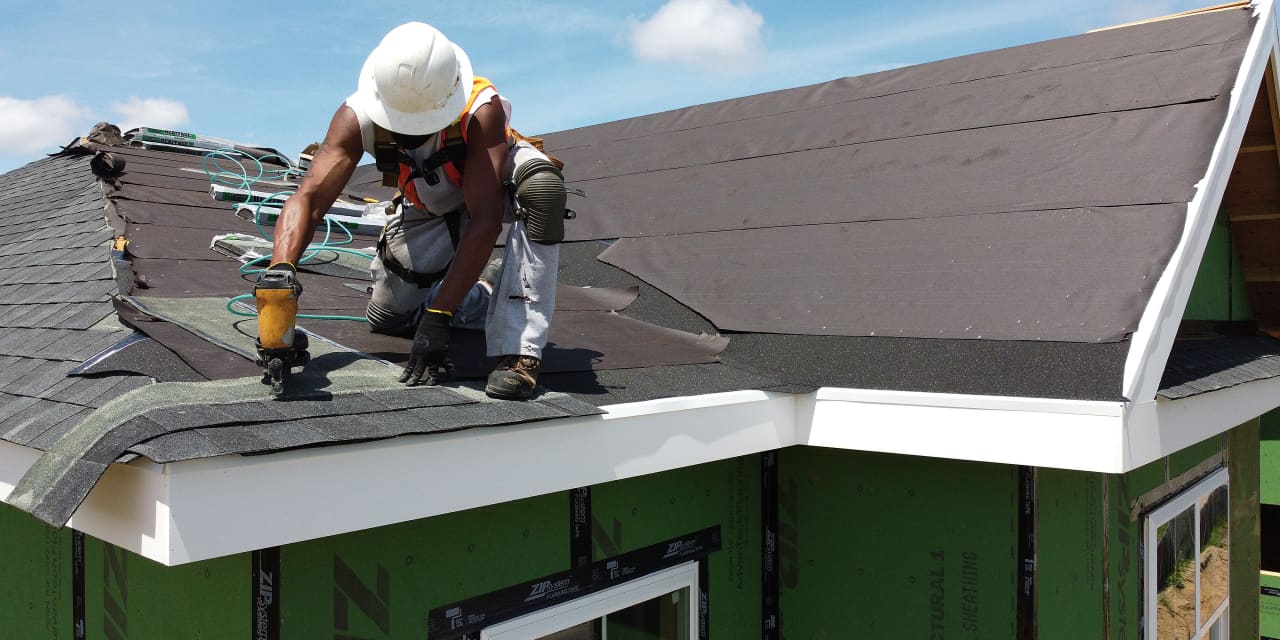Prospective buyers spent the President’s Day holiday last week window shopping, early data suggest. “Showing activity was strong,” says Orphe Divounguy, a senior economist at
Zillow,
citing data from home tour software company Showingtime. Home touring activity was up 19.4% from the start of the year, pointing to a strong seasonal ramp-up.
Builders, too, have reported strong demand to start the year. “We’ve had a terrific four weeks,” Douglas C. Yearley, Jr., CEO of luxury home builder
Toll Brothers,
said on a conference call last week. The company raised its guidance for the full year due, in part, to strong demand.
That’s not to say house hunters have it easy. Buyers, particularly first-timers, still face high housing costs and difficult conditions, which have recently weighed on mortgage applications. But resilient demand from less rate-sensitive buyers, coupled with a relatively low supply of homes for sale, could fuel hotter-than-average home price growth this spring—and might spell trouble for the Federal Reserve in the process.
Mortgage rates have risen roughly 0.3 percentage point since the start of the year—but early demand data suggest that buyers at large haven’t been scared off. “Any rate increase certainly has an impact [on buyer demand], but what we’ve seen so far is that the market is pretty willing to shake it off,” says Moody’s Analytics deputy chief economist Cris deRitis.
The number of homes for sale remains relatively low, and price gains have picked up their pace. The median sale price in January rose 5.1% year-over-year, the National Association of Realtors said Thursday—the greatest such increase since October 2022. Homes new to the market are asking just under $400,000, according to
Redfin
data for the four weeks ended Feb. 18, up 5.6% from the year prior.
If supply remains low, home prices gains could continue to accelerate. “We still have this lingering housing shortage, which is leading to record high prices,“ Lawrence Yun, the National Association of Realtors’ chief economist, said last week.
He said January was the first time in over a year that home price appreciation outpaced wage growth, Barron’s previously reported. “It’s unhealthy, we don’t want to see it, but it’s a testament to the housing shortage we’re seeing in America,” he said.
Since home prices are typically measured from year-ago levels, prices this spring could also get a boost from last year’s lull. Prices slumped from February through June in 2023, National Association of Realtors data show, as the prior year’s swift rise in rates rapidly cooled the market.
That could pose a problem for the Federal Reserve. Home prices don’t directly factor into the consumer price index, a closely watched inflation gauge—but they can put upward pressure on comparable rents, Barron’s previously reported. A housing recovery, signaled by rising home prices among other signs, could send housing inflation back up,
Apollo Global Management
chief economist Torsten Sløk told Barron’s earlier this month.
Some prospective buyers are likely already feeling the sting. First-time buyers are most challenged in this market, says Ryan Schneider, CEO of brokerage Anywhere: the cohort skews younger and less wealthy, and home supply is scarcest in affordable price points. “It’s the part of the market where the tick up in rates, back to seven-plus percent, is hurting the most,” he says. “It’s a big problem for the country.”
Cash buyers, the share of which rose to a decade-high last month, don’t face the same issues. Nearly a third of buyers paid entirely in cash in January, the Realtors association said last week—the highest share in about 10 years. Buyers could be tapping into wealth from a record-high stock market or home equity gains, the trade group’s Yun said.
Write to Shaina Mishkin at [email protected]
Read the full article here




